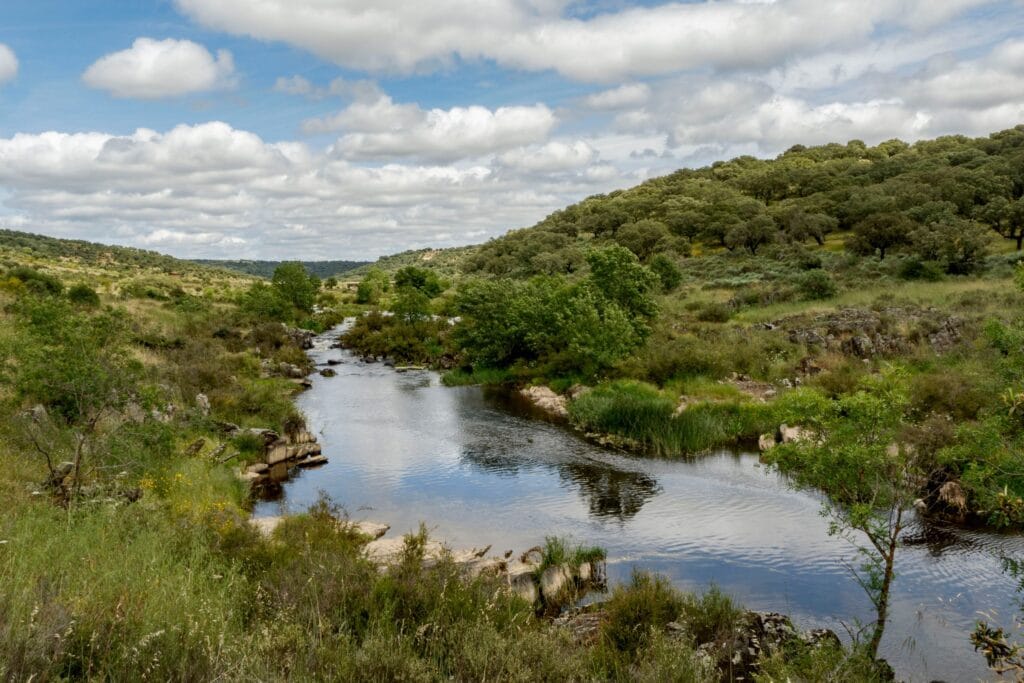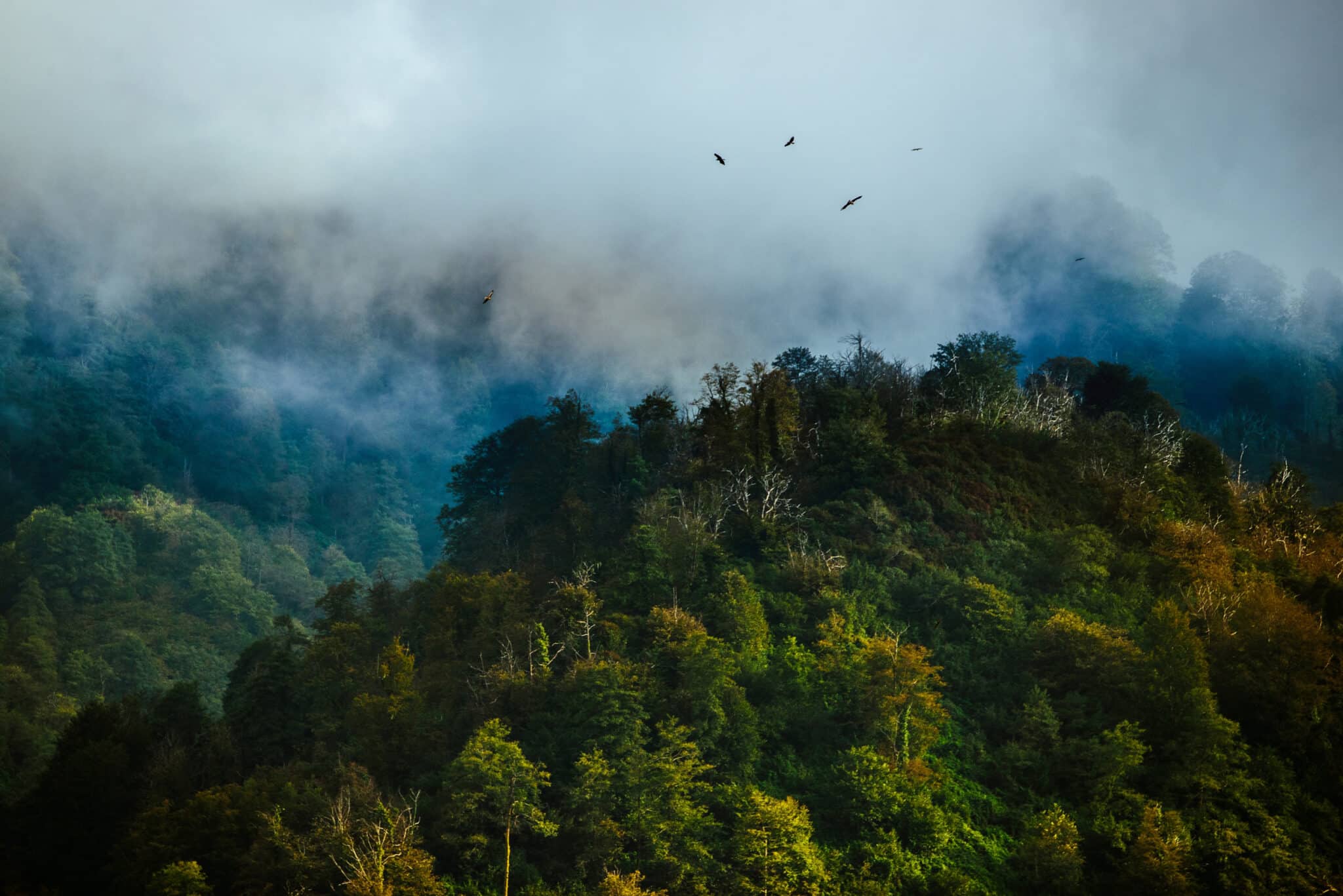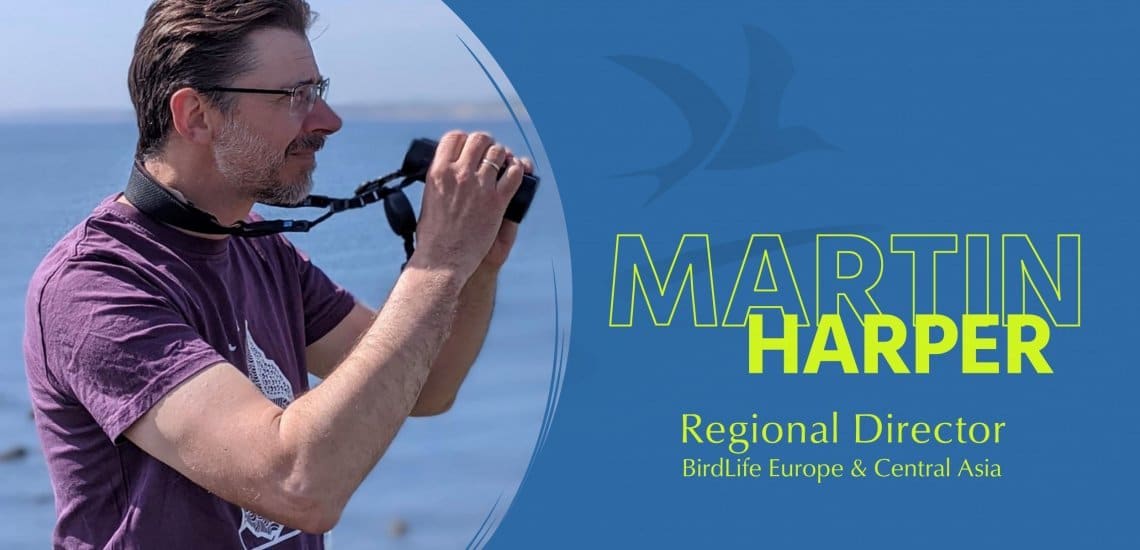Being an environmental leader in 2022

On the role of leadership and resilience in a crucial decade for conservation.
By Martin Harper
Over the last few days, Storms Dudley, Eunice and now Franklin have battered Western Europe with record-breaking winds. Next week (on 28 February), the Intergovernmental Panel on Climate Change will publish its latest report on climate change impacts, adaptation and vulnerability. The expectation is that the report will be even more alarming than the previous one, which the UN Secretary General said served as Code Red for humanity.
Further turbulence is being felt in the east of our continent with the threat of war. All of this as the world makes its latest tentative steps to lift restrictions imposed by the Covid 19 pandemic.
For conservation organisations, this is our context.
And for some NGOs, whose operating space is massively constrained by political actions outside of their control, their very existence is at stake.
It is no wonder that people talk about the importance of resilience for environmental leaders. Resilience to be able to keep focused on the organisation’s priorities without being buffeted by events; resilience to instil confidence and optimism in staff, supporters and funders that we can continue tackle the nature and climate emergency with the vigour and creativity that is needed; and resilience to have the bandwidth to be able to make sense of the risk and opportunities that exist to help take smart decisions even in the face of extreme adversity.
Few leaders can maintain this resilience without help from friends, colleagues or family. It is why the BirdLife community is so valuable. Every leader needs support, advice and fresh perspective. In the past few months, BirdLife Partners have reached out to others in financial difficulty arising from the economic shock of the pandemic; they have helped exploit new funding opportunities for our developing partners; they have even offered support to those Partners whose very existence is at risk; all while continuing to work together to deliver transnational conservation projects and debating our region’s strategic priorities for the next five years.
It is a very special community displaying the sort of solidarity and friendship needed to rise to meet the ambition implicit in the UN Decade on Ecosystem Restoration.
Most leaders of conservation organisations I know take inspiration from others and, of course, they themselves are role models to their organisations. I have probably selected traits from each of the leaders that I have worked with over the past 25 years and then learnt from experience what works (and what doesn’t). Further inspiration can come from the extensive research on leadership that fills countless books and articles. I probably self-select those messages that reinforce my own preferences and have been particularly drawn to the framework that Jim Collins has provided through his analysis of what makes (mainly corporate but the lessons are applicable to not for profits) organisations successful. He’s created “a map” to help guide successful leadership and his concepts can really help grapple with the most complex conservation or organisational challenges.
Some of these concepts feel particularly topical such as the idea of ‘productive paranoia’ where leaders who “stave off decline and navigate turbulence assume that conditions can unexpectedly change, violently and fast. They obsessively ask, What if?” Leaders of our Partners might well ask, what if the funding doesn’t come through, political change results in the government pursuing a deregulation agenda, or (and this clearly did happen) a country votes to leave the European Union? Thinking about these issues before they happen allows time to explore the consequences and put steps in place help prepare for whatever comes their way. I have worked with a few incredibly productively paranoid people and, I can confirm that while their thoughts may appear fantastical at the time, sadly, they can prove to be correct more often than not and the actions they triggered have saved time (and a lot of anxiety).
Equally, the ‘genius of the and’ encourages people to embrace extremes at the same time such as continuity and change or discipline and creativity. In nature conservation, this may mean focus on ensuring 30% of land, freshwater and sea are well protected and managed for nature AND also improving the wildlife value of the remaining 70% – the vast majority of which on our continent will be farmed. It might mean buying lots of land for nature reserves AND influencing change in the policy and legal framework which governs all that land outside of nature reserves. It might mean investing in using science to find solutions to conservation problems AND inspiring the next generation’s hearts and minds by connecting them to nature.
There is a great desire for leaders to make tough choices, and these are clearly important, yet the strategy and approach adopted by leaders need to make coherent sense for conservation. Before finalising any strategy, I think it’s worth reading Jim Collins with a conservationists’ eye.
And finally, while leadership can be lonely, the BirdLife partnership (like any global conservation network) reminds us that there is a community of conservation leaders prepared to offer support, ideas, experience and inspiration. I hope any conservation leader reading this, reaches out and taps into that network.
This blog is part of a series I am writing. You can read my previous blog here. Do you have any thoughts on what I have written? It would be great to hear your views. Send me a tweet – my handle is @MartinBirdLife.
Image credits: FOTOJHG/Shutterstock.com
You might also be interested in:
 | Stichting BirdLife Europe gratefully acknowledges financial support from the European Commission. All content and opinions expressed on these pages are solely those of Stichting BirdLife Europe. The European Commission is not responsible for any use that may be made of the information it contains. |









